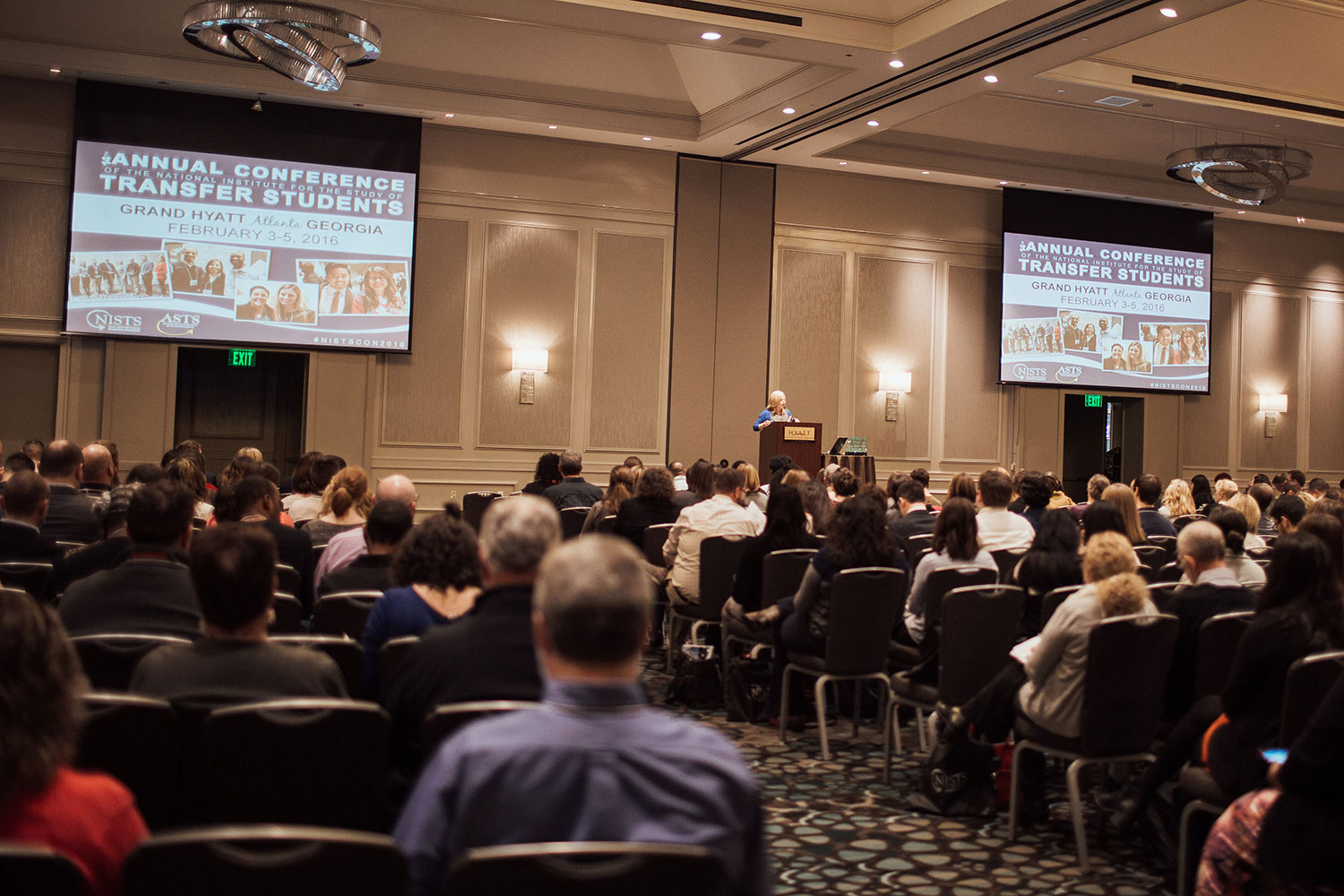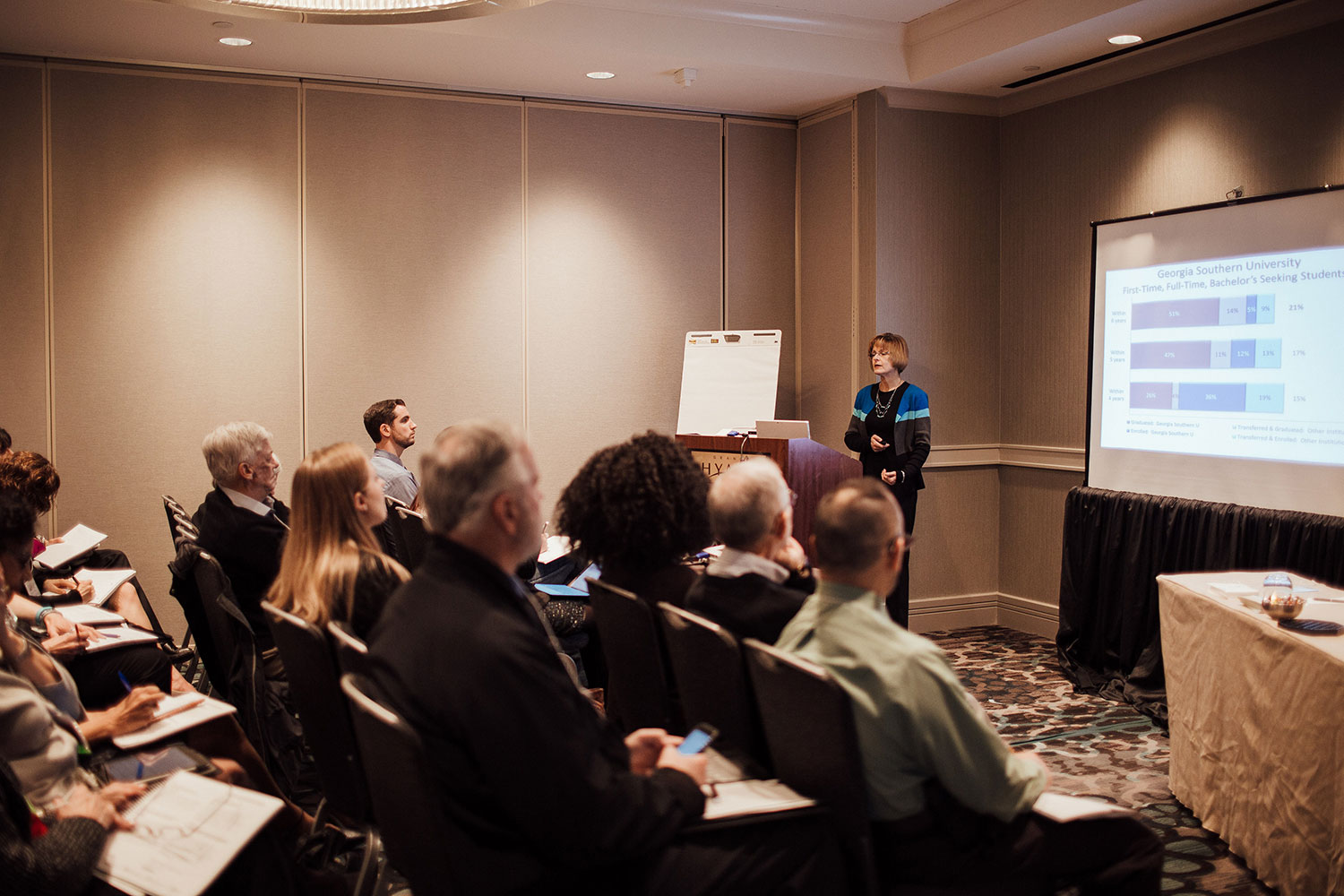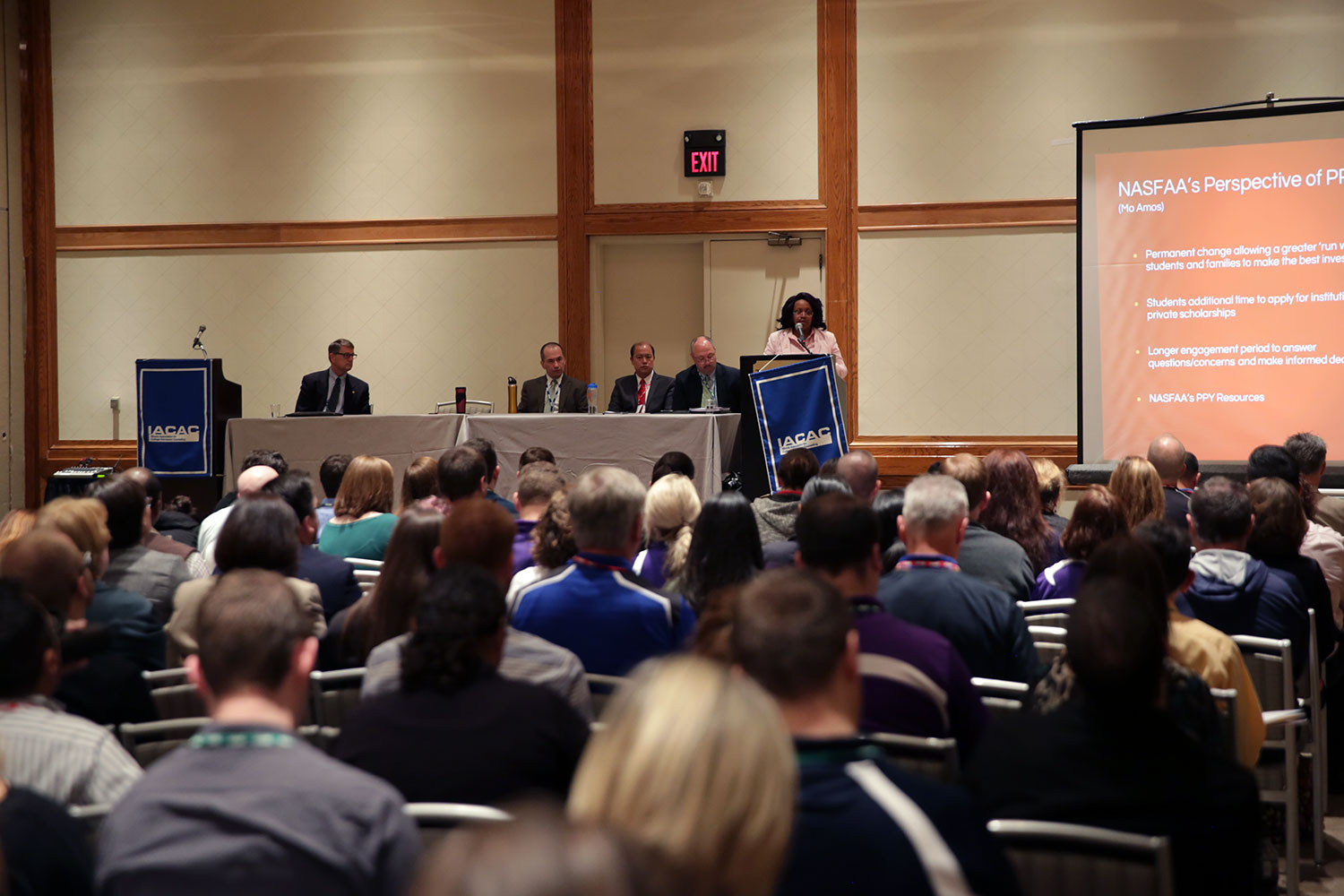Recruitment Demographics and Strategies
Phi Theta Kappa students are highly sought after within the transfer recruitment world. And why not? During the Phi Theta Kappa session, I learned that their average community college GPA is a 3.81 and 91% of them go on to earn an associate degree or transfer to a 4-year institution. These students are high achievers, leaders on and off campus, and critical thinkers looking for a challenge. However, I also learned that the average age of a Phi Theta Kappa student is 27 and that the majority of them are first generation students. This means that you might be recruiting strong adult-learners to a college campus that is more traditionally populated with students aged 18-23. The top majors for Phi Theta Kappa students are nursing, business, health professions, education, liberal arts, accounting, psychology, biological science, computer science, and criminal justice. This information is beneficial for 4-year transfer counselors as we try to personalize our messaging to attract the best fit transfer student to our campus community. It’s also helpful to have some sense of how family and ties to the community may play a role in their decision making process.
What resources does your office have to successfully recruit transfer students? One or two admission counselors? Maybe more? What percentage of your incoming class is made up of transfer students? During the Phi Theta Kappa session, I learned about institutions across the country utilizing their Phi Theta Kappa Alumni Council on campus to support their recruitment initiatives. These students volunteer to recruit at community colleges for daily visits and college fairs, and support the visit programs by being available to connect with prospective transfer students. There are opportunities to collaborate with impressive transfer students on your campus and utilize them to recruit the incoming class. Are you using Phi Theta Kappa advisors? You can send them institutional communications, as well as attend a Phi Theta Kappa meeting to promote your institution.






